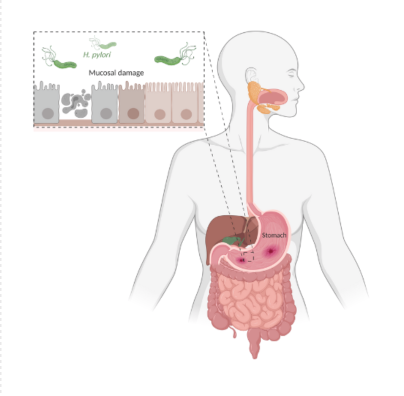
Introduction
Helicobacter pylori is a Gram-negative spiral bacterium whose ecological niche is the human stomach. This bacteria infects approximately half of the world’s population and causes many stomach diseases. H. pylori gastritis is etiologically associated with gastritis atrophy, peptic ulcer, primary gastric B-cell lymphoma, and gastric carcinoma. H. pylori become the only species classified as gastric carcinogenic by WHO. H. pylori pathogenesis is closely related to their virulence factor which often varies between populations. Different type of virulence factors leads to different risk factor in gastric cancer development (e.g., East Asian-type cagA was believed to be more virulent than Western-type cagA). Therefore, understanding their virulence factor and their genome variant becomes important. Since a viable vaccination for H. pylori has not yet been developed, curative therapy with antimicrobial drugs remains a vital step in preventing illness spread and resolving disease expansion. Antimicrobial resistance (AMR) has become the primary worry for H. pylori eradication in the past ten years. Therefore, the identification of an antimicrobial-resistant gene is crucial for H. pylori eradication therapy. Recently, researchers also found that other Helicobacter species could also affect human health. Some of these species (e.g., H. felis) could be transmitted from animals to humans as a zoonotic disease. Therefore understanding other Helicobacter species in addition to H. pylori is also important.


